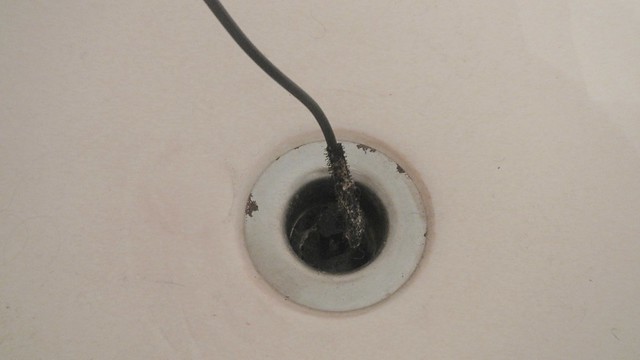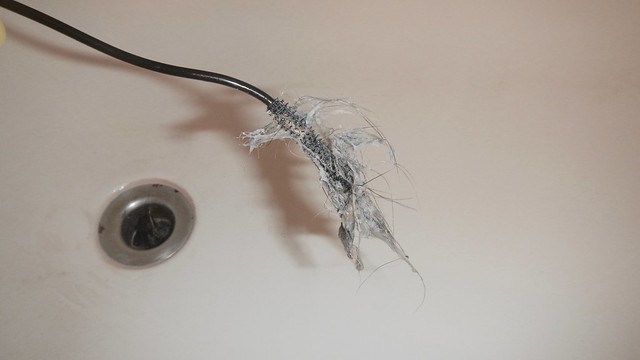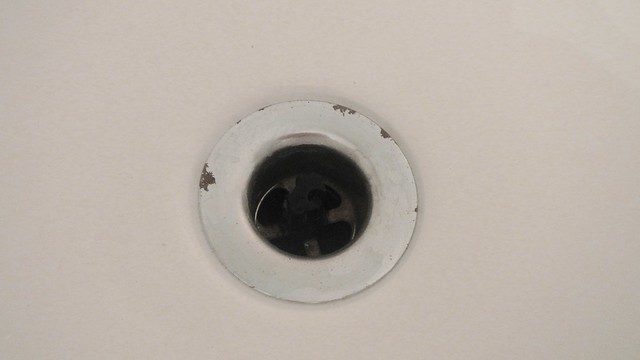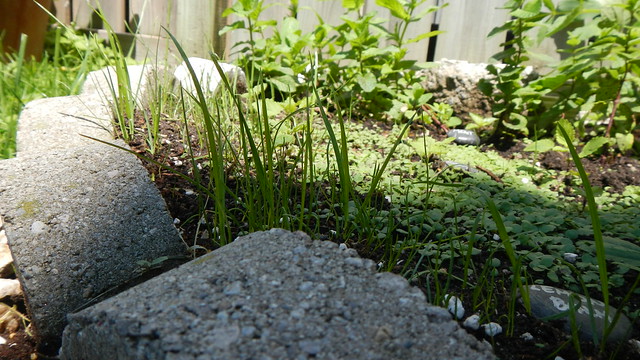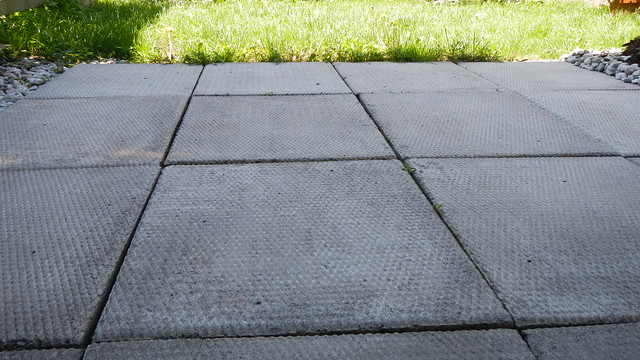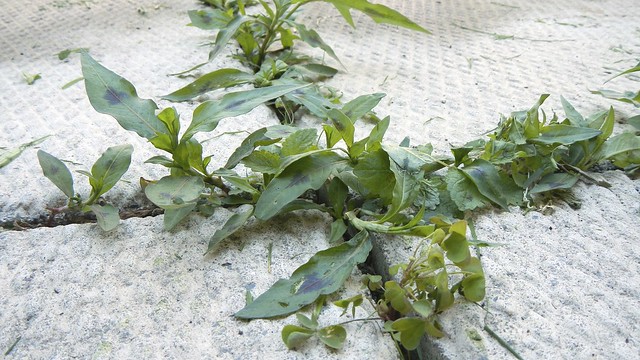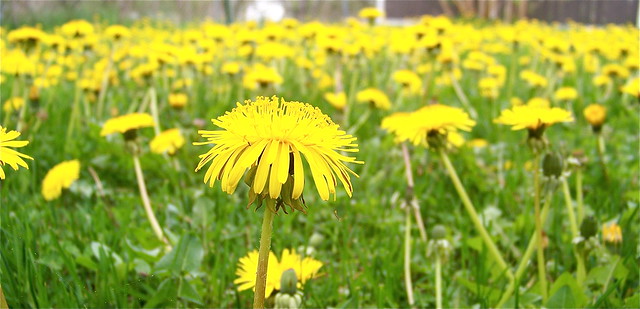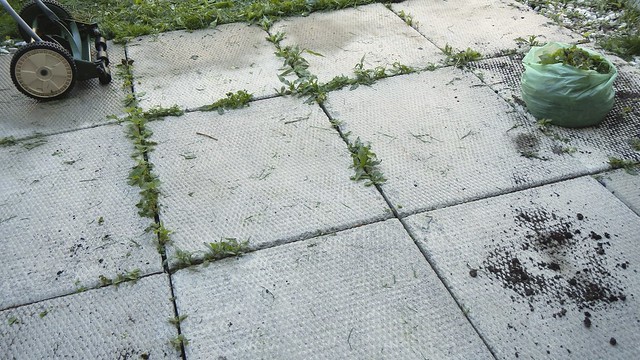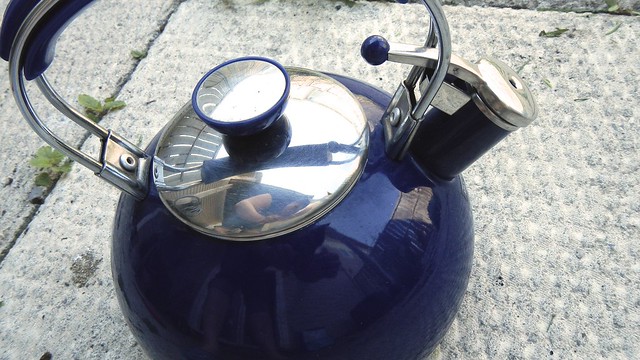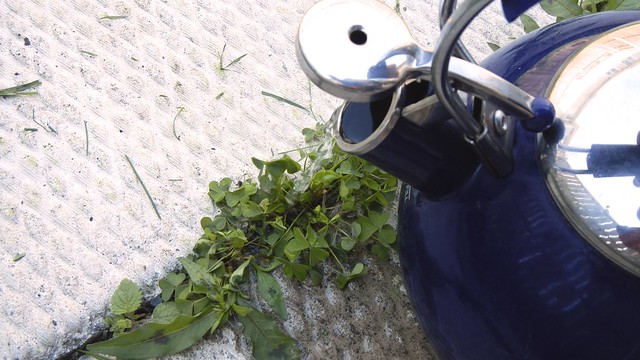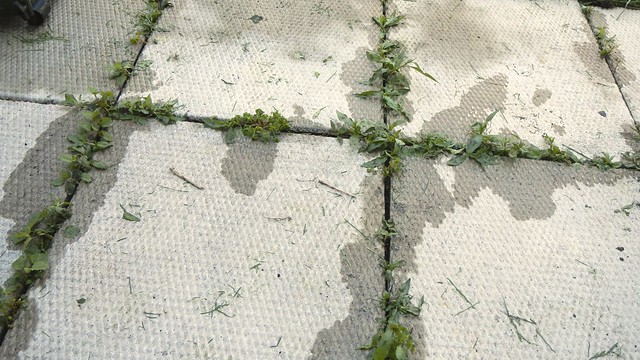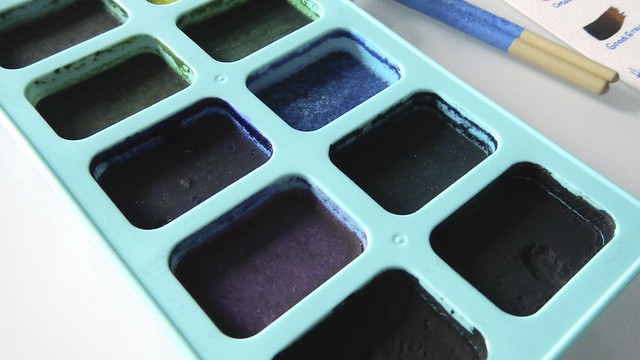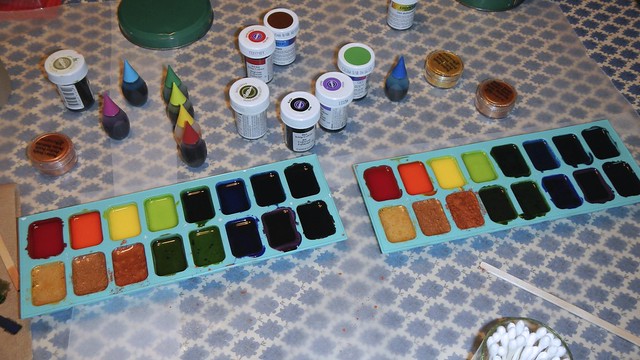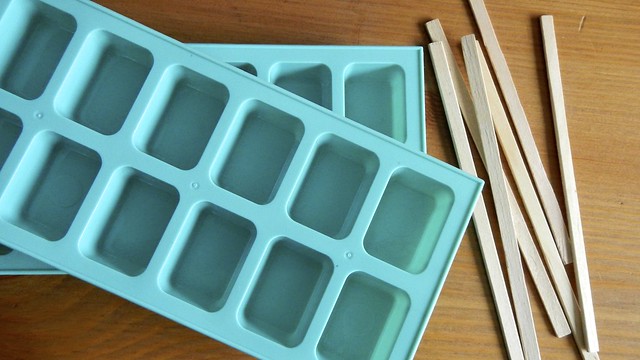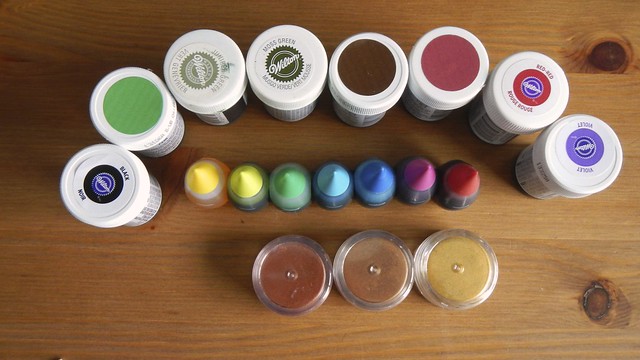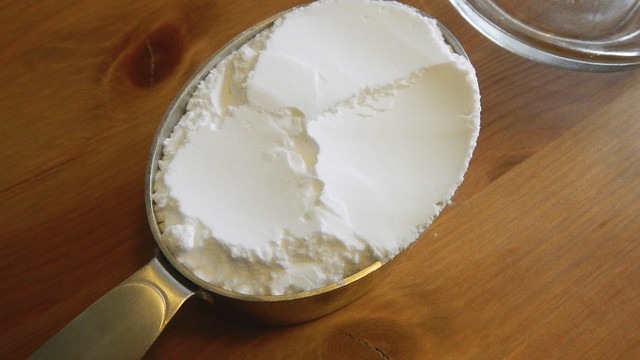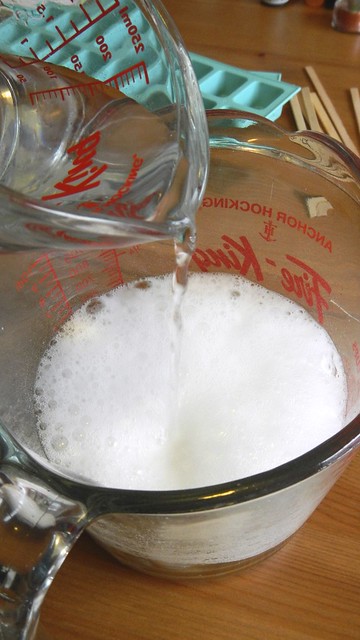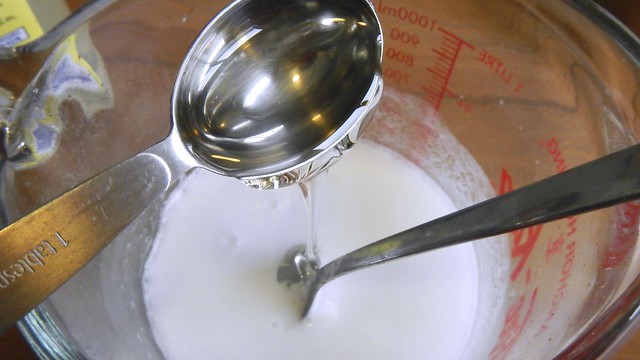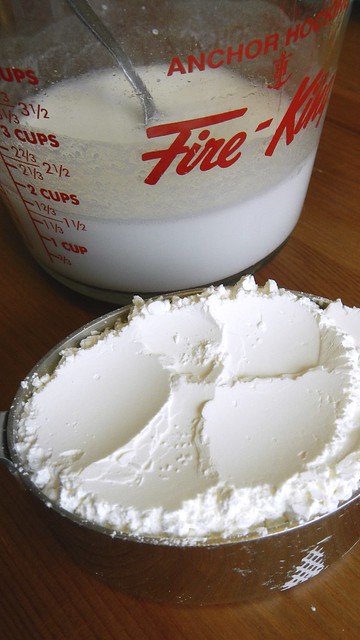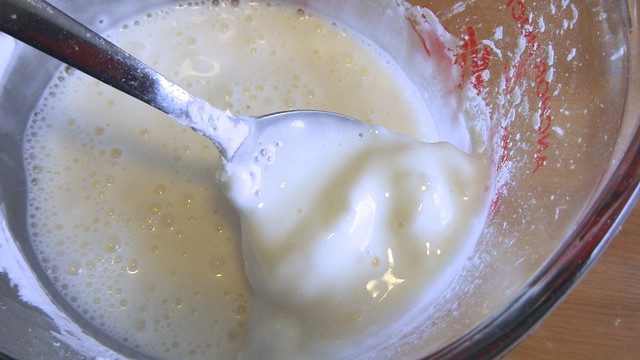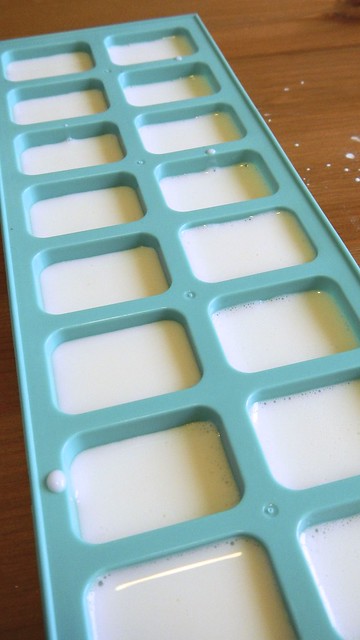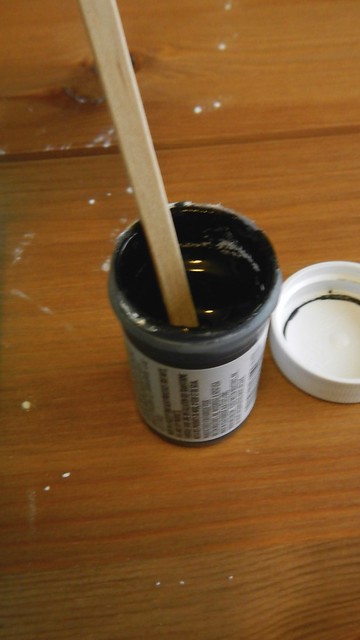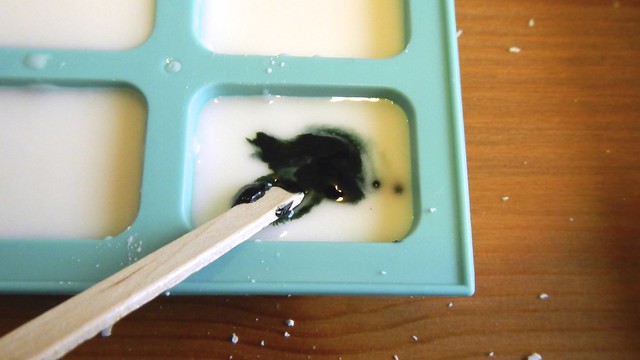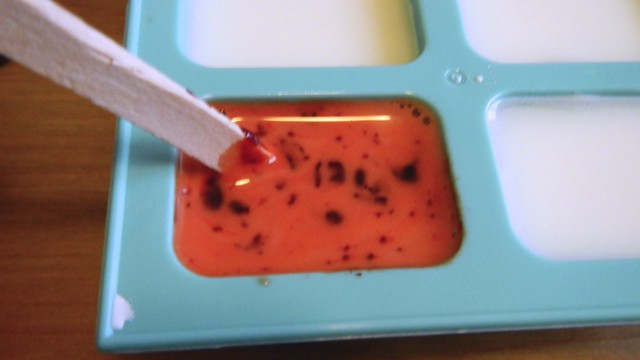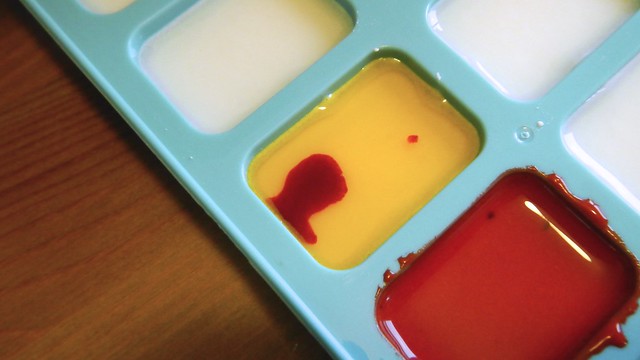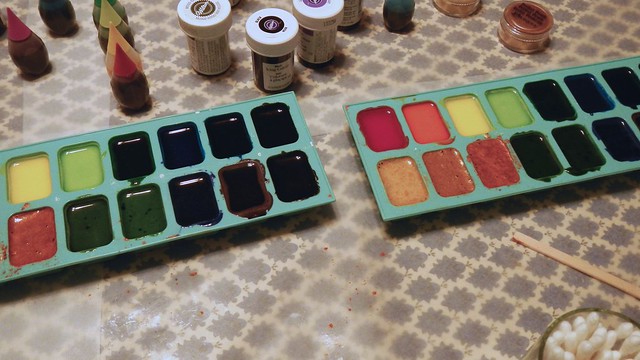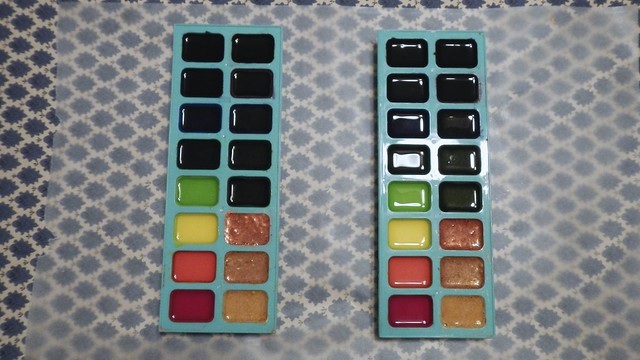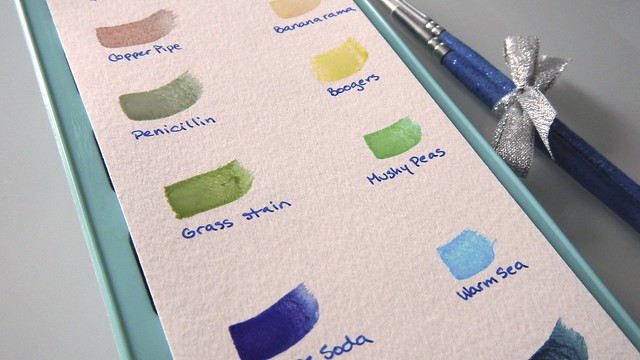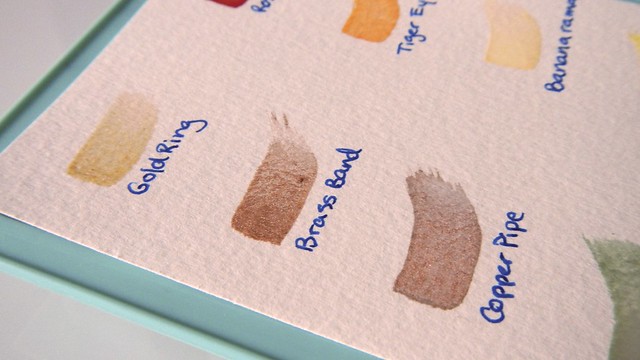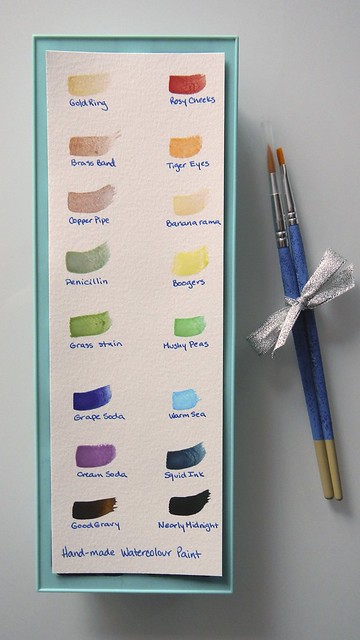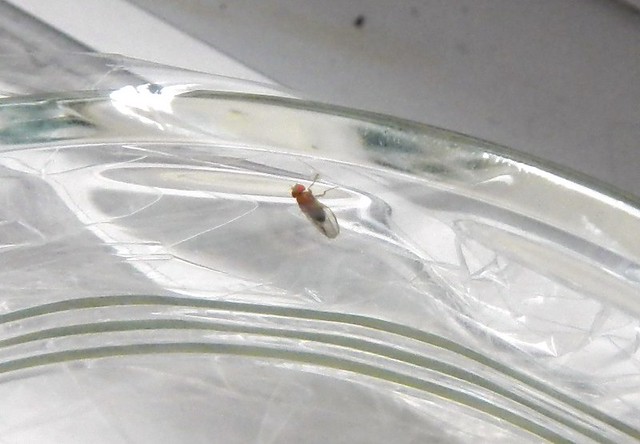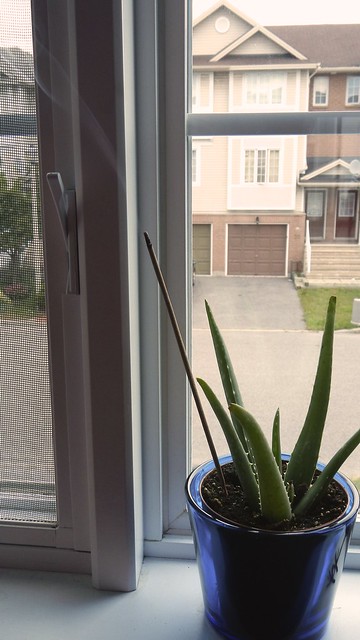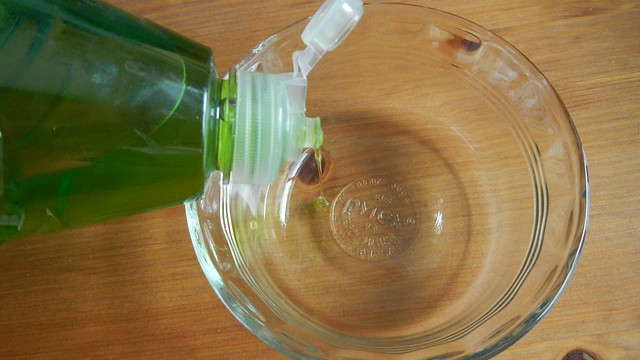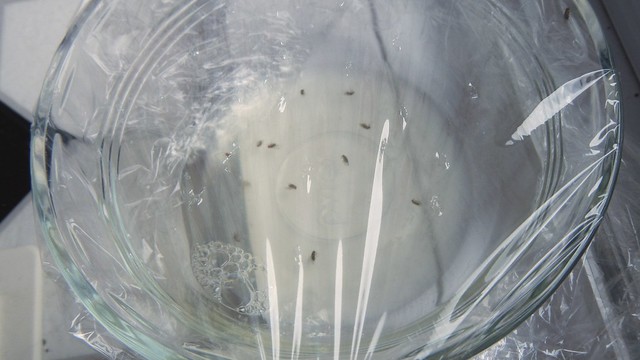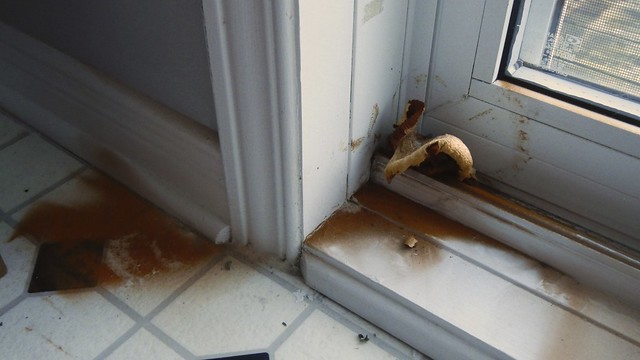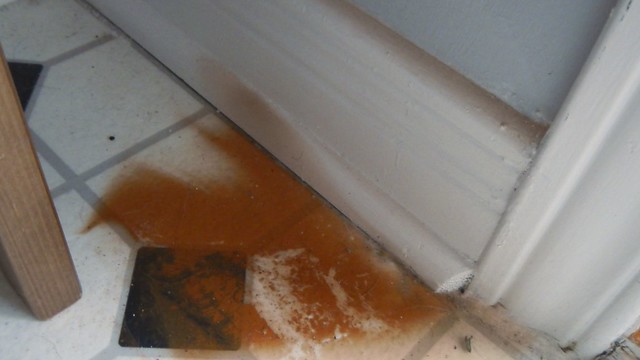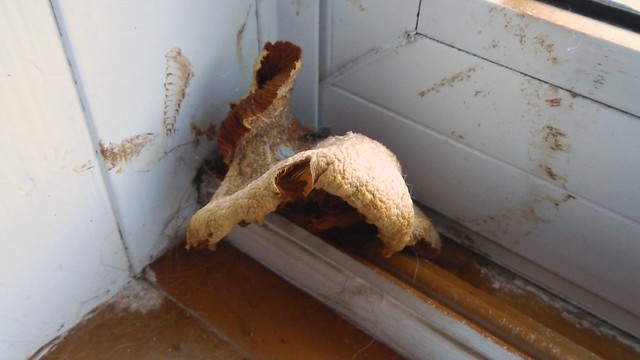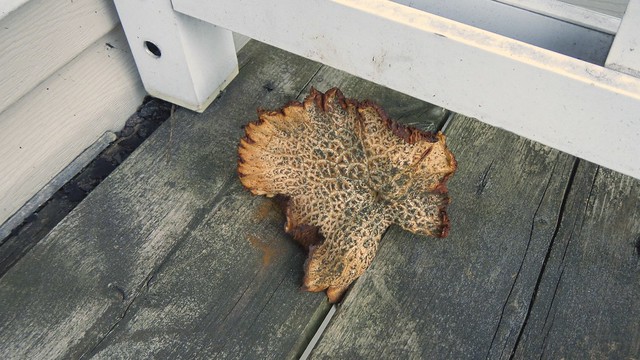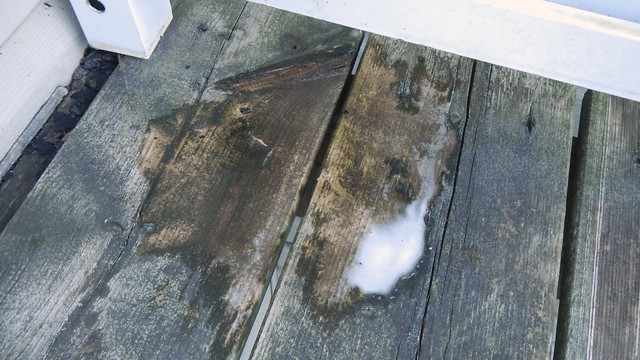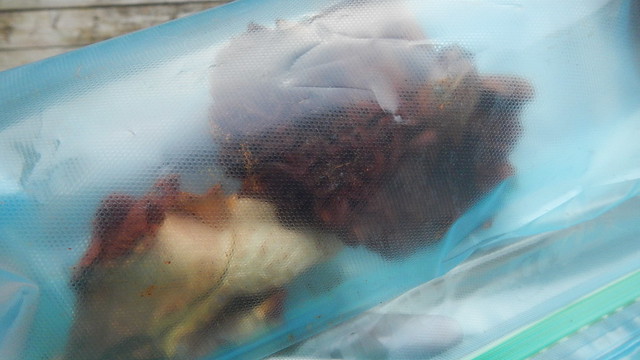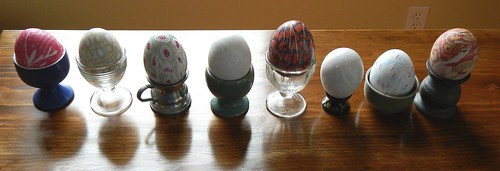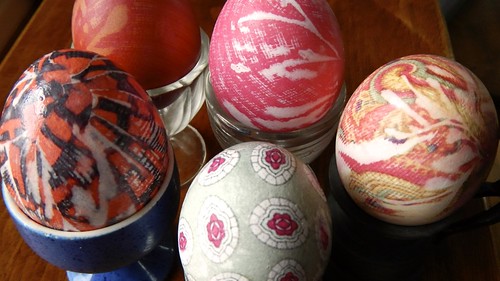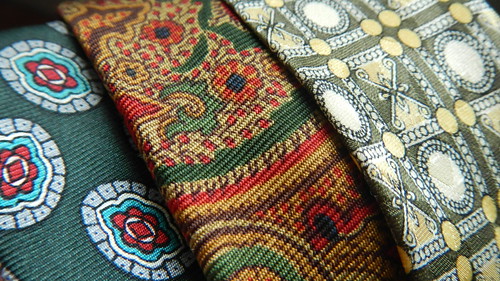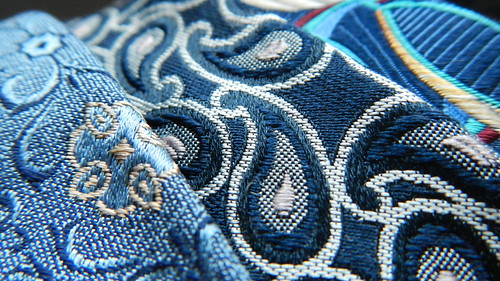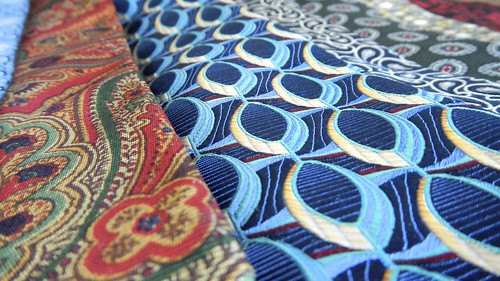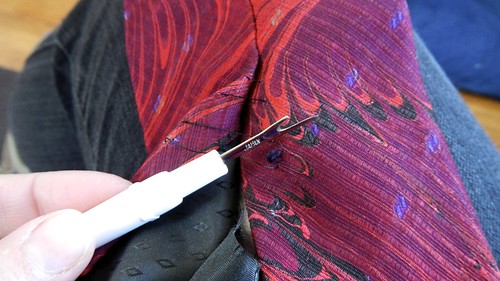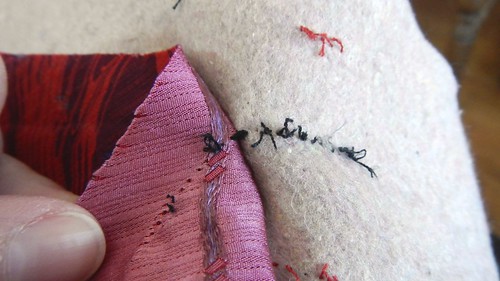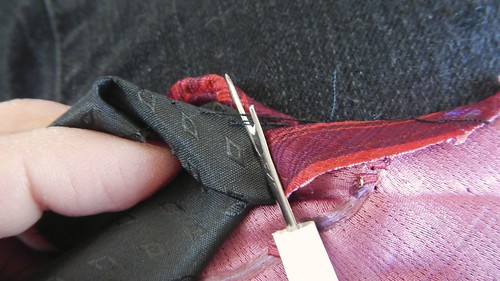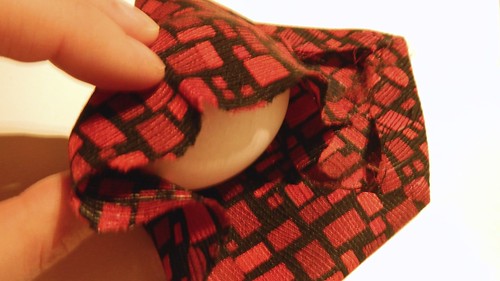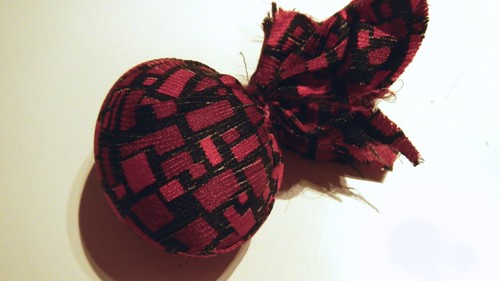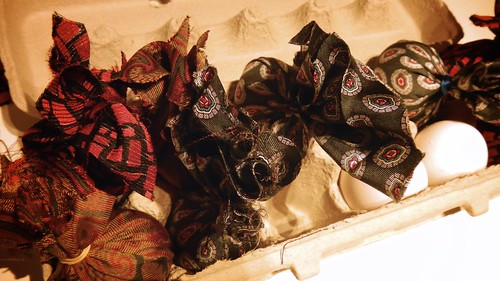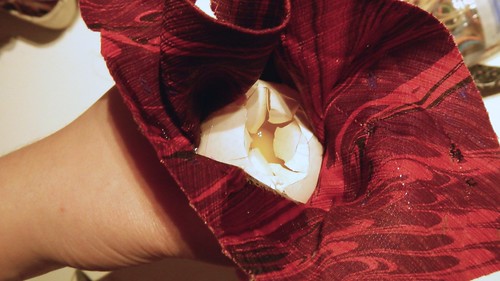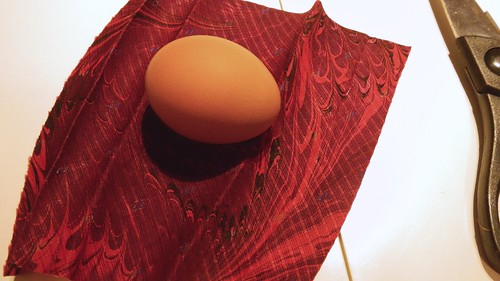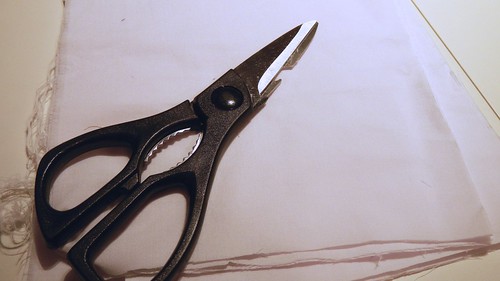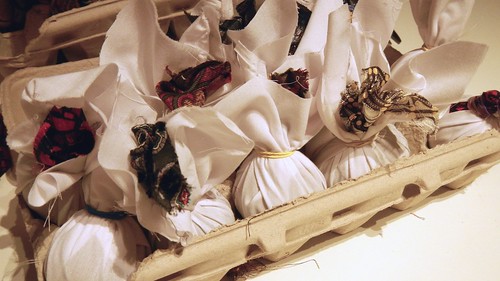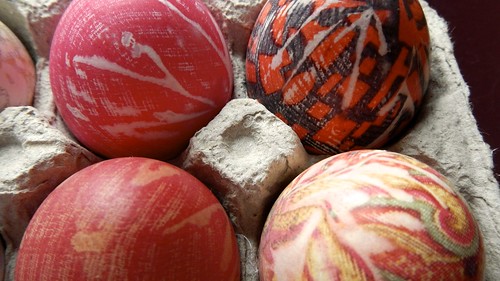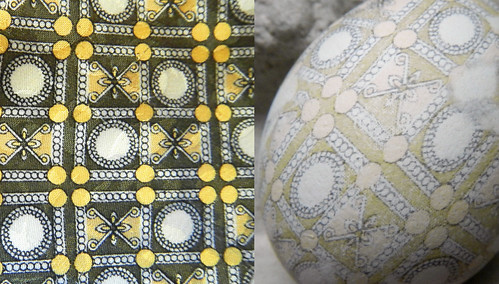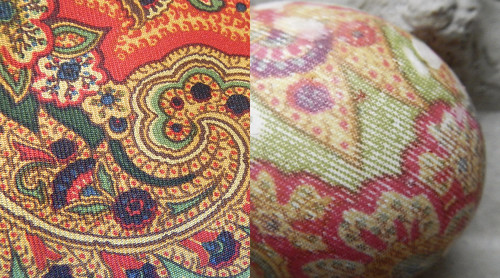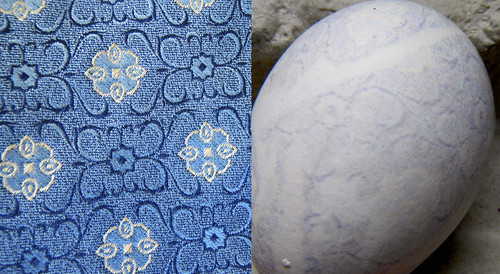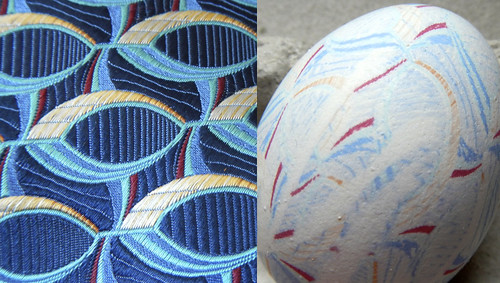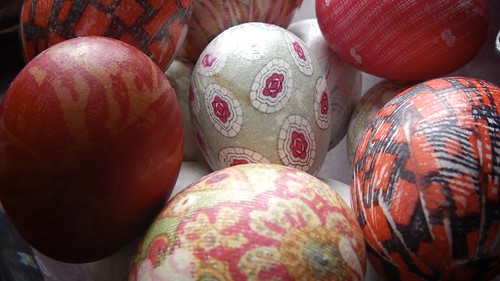In our house, all the drains in all the sinks are screwy. The sinks are slightly tilted in the wrong direction or the bottoms of them are flat so the water doesn’t actually LEAVE the sink. And I suspect that most of the drains were partially clogged when we moved in, because getting water out of them has always taken a while. Now that we’ve been here over a year (and will shortly be leaving as quickly as possible), we’ve added our own mix of dog hair and muck to our drains and the two in our bathroom, the tub and sink respectively, need some TLC.
Remember when I cleaned our dishwasher and it was one of the more disgusting things I’ve ever done? Well this is way more gross. These pictures are going to be graphic so feel free to skip this post if you think you might lose your stomach contents. If it makes you feel better I gagged often while actually doing this thing. This is my bathtub drain. You can see the gunk surrounding it because it’s not draining fast enough to wash everything down so little bits of dirt get stuck, and nothing dries, so I get that lovely orange mildew line. Yummy. The pop-up plug thing that goes with the tub never worked so we pulled it off and bought a regular rubber plug. It’s somewhere around the house …
When you’re first cleaning out a drain, before you reach for chemicals or solvents, grab one of these. This is a drain snake. It’s just a wee one. If you have some more serious drain issues than a bit of dog hair then you might want something more complex, but this one does the trick when you’re trying to navigate around funny-shaped plug bits jammed in your drain.
So you take the snake, and you shove the brushy end down into the drain and scoop it around until you feel you’ve caught a bunch of stuff.
Bring it up and clean it off. Try not to throw up. I would recommend wearing gloves. Because bleugh.
This is all the gross hair I pulled out of the drain. Holy ew.
Next, to make extra sure you’ve got everything in there, put a kettle of water on to boil and grab some vinegar and baking soda. Block off any other vents or drains that are attached to the one you’re trying to clear using tape or a rag.
Tip about 1/2 cup of the baking soda down the drain.
Then add in 1/2 cup of the vinegar and jam the plug down. Leave that for however long it takes your kettle to boil. I found it made a very satisfying noise throughout the house as it gurgled through the pipes. The chemical reaction that’s going on is breaking down all the fats and oils and stuff that cause that sludgy goo and getting rid of them.
When the kettle is ready, empty it down the drain to flush all the now loose bits away.
And the drain is now as good as new – or at least, as good as the day we moved in. Maybe slightly better. Who knows?
My scary sink is a whole ‘nother kettle of stanky fish, because it has that stupid pop-up plug thing going on and I can’t get in there with even my wee snake. What I need to do is take the little pop-up thing out and do all sorts of horrible things. It will involve much swearing and probably some assistance from the Pie (because we make a good plumbing team). And you don’t need to see that (because I know it’s jammed with like a year of the Pie’s beard hair and that is GROSS). But if you have the same problem, I found an amazing video that lays out what to do much better than I ever could. You can access it on YouTube here.



